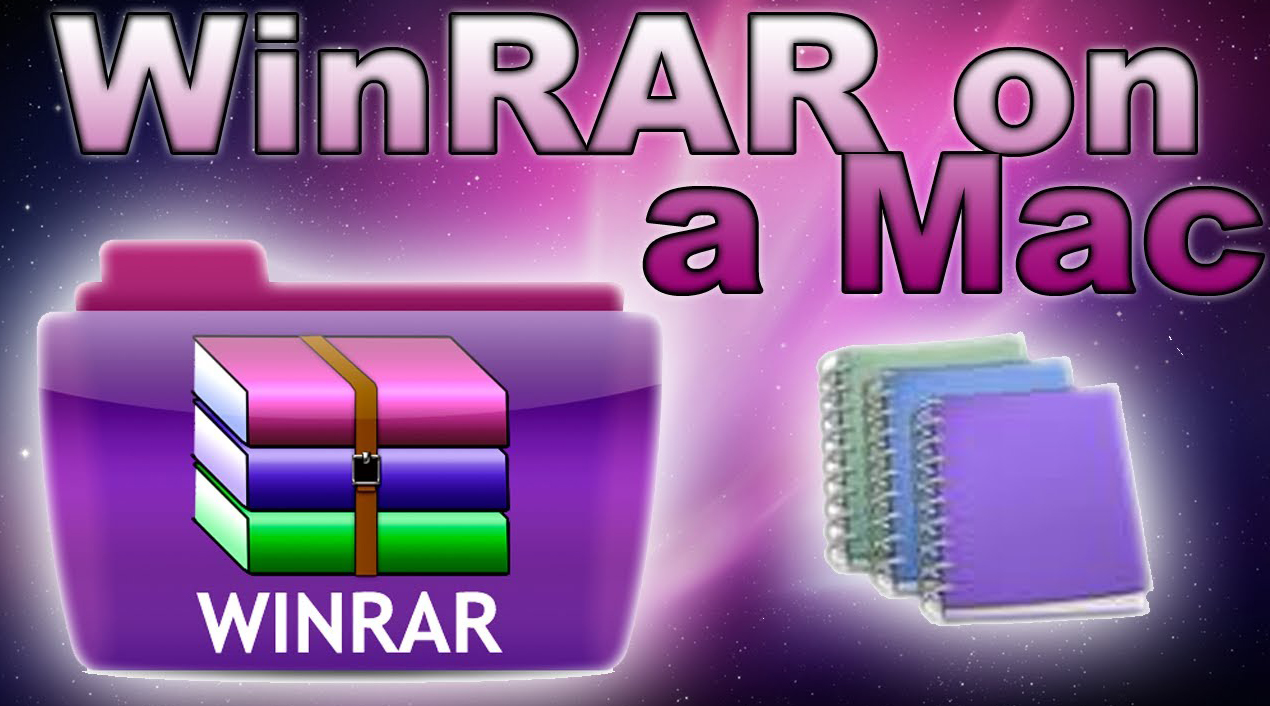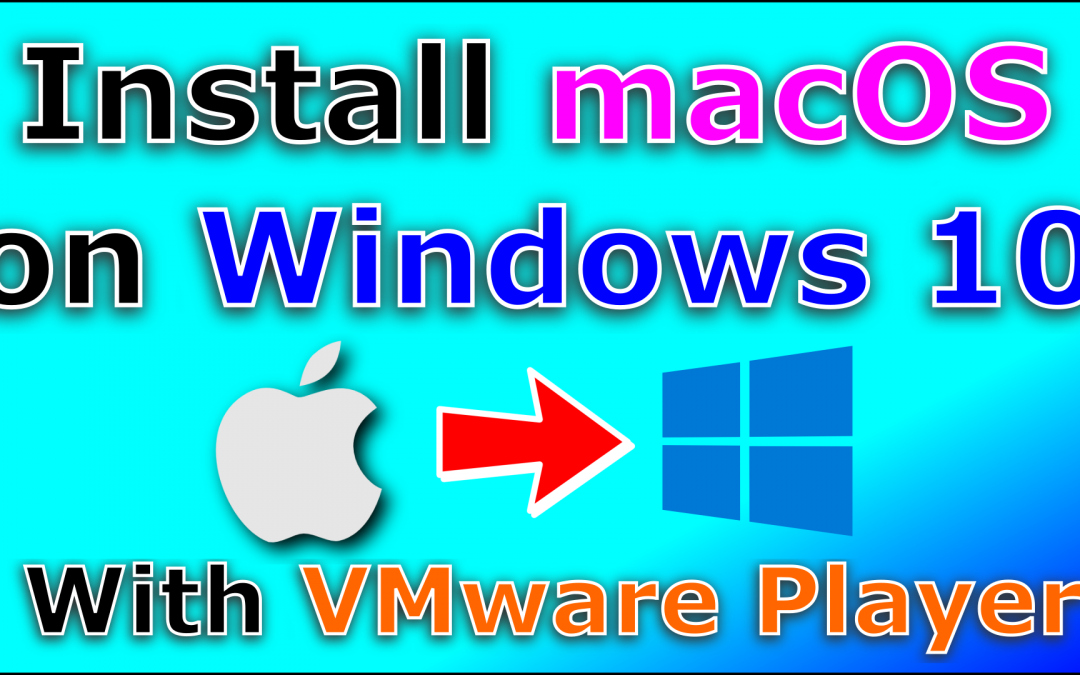
When it’s done, restart your PC, with the USB drive still plugged in. After half an hour or so, it will finish. Select the drive and step through the installer until macOS starts installing itself.

When the drive has erased, quit Disk Utility and the drive should be available to select from the installer.ġ2. Make sure Mac OS Extended (Journaled) is selected and the Scheme is set to GUID Partition Map, then click Erase. If that’s the case, click the Utilities menu and, when Disk Utility opens, choose the hard drive you want to install macOS on and click the Erase tab. When it comes to selecting the drive on to which you want to install macOS, there may be no options to choose from. Use your PC’s arrow keys to navigate to ‘External’ and press ‘Enter.’ The macOS installer should now start.ġ1. It should now boot into Unibeast and give you the option of which drive to install from. Plug in the USB stick on which you installed Unibeast and restart your PC. Wine apps appear on your desktop and in your dock just like native Mac apps do.10. You don’t need to install Windows natively, which means you don’t need to dedicate disk space to Windows or run additional virtualization software. That said, Wine might just be the solution you’ve been looking for. Apps are more likely to crash or behave in unexpected ways compared to virtualization or running Windows natively. That said, not all apps will work, and some will exhibit odd behavior. It works by translating Windows API calls in real time so performance in apps that use Wine is generally very good. Wine is a compatibility layer that allows Windows software to run on top of macOS.

RELATED: Is Parallels Desktop Free on a Mac? Use Wine to Run Windows Apps With Wineskin You can install and use Windows 11 without a product key, but if you want to get rid of the pesky “Activate Windows” reminder, you’ll also need to pay Microsoft for a license. Note: These virtual machine apps don’t come with a Windows product key.

Many virtualization apps don’t require that you sacrifice disk space for your virtual machine, unlike a dedicated Windows installation. Apps like Parallels have modes that allow you to effectively hide the Windows UI and use apps as if they were running natively on your Mac. Virtualization is useful since you can just launch an app and have access to Windows in moments.


 0 kommentar(er)
0 kommentar(er)
